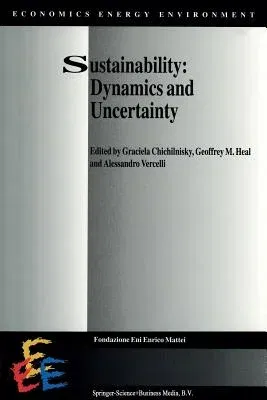Sustainability: Dynamics and Uncertainty (Softcover Reprint of the Original 1st 1998)Paperback - Softcover Reprint of the Original 1st 1998, 26 October 2012

Qty
1
Turbo
Ships in 2 - 3 days
In Stock
Free Delivery
Cash on Delivery
15 Days
Free Returns
Secure Checkout

Part of Series
Economics, Energy and Environment
Part of Series
Economics, Energy and Environment (Closed)
Print Length
335 pages
Language
English
Publisher
Springer
Date Published
26 Oct 2012
ISBN-10
9401060517
ISBN-13
9789401060516
Description
Product Details
Book Edition:
Softcover Reprint of the Original 1st 1998
Book Format:
Paperback
Country of Origin:
NL
Date Published:
26 October 2012
Dimensions:
23.39 x
15.6 x
1.88 cm
ISBN-10:
9401060517
ISBN-13:
9789401060516
Language:
English
Location:
Dordrecht
Pages:
335
Publisher:
Weight:
498.95 gm